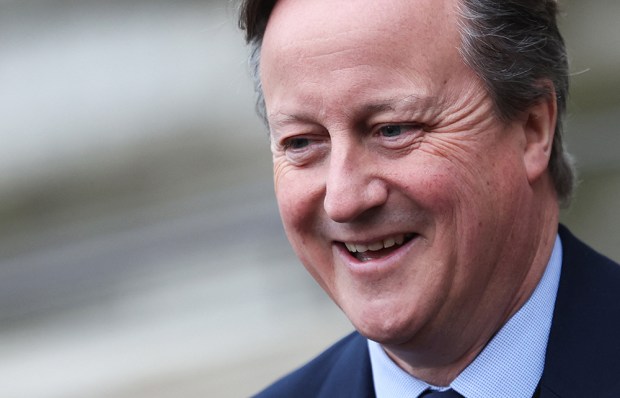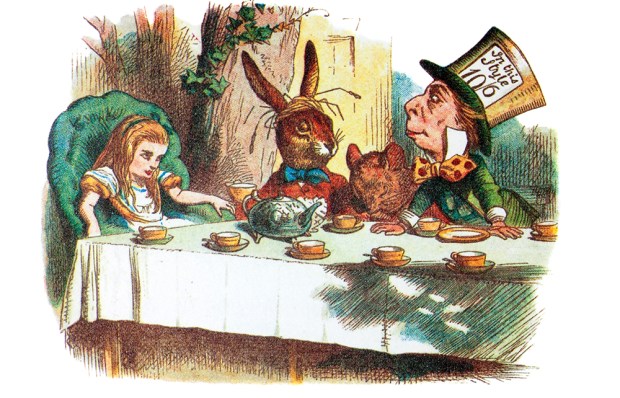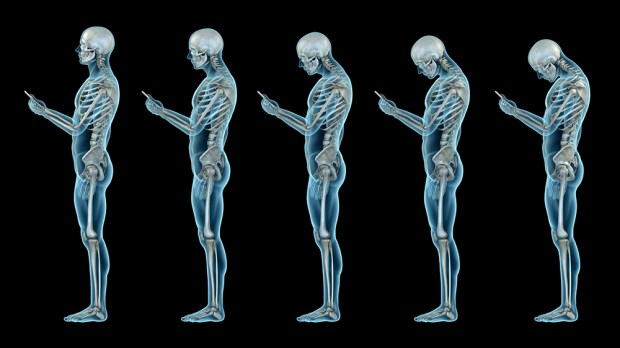What, asks Christian Major of Bromley, Kent, do I think of ‘this new, I assume American, fad for using the word likely as an adverb’, as in the great Taki’s remark that Alan Turing ‘likely won the war’ (Spectator, Letters, 31 January)? Well, I would most likely not use it in exactly that way, although you’ll have noticed that I have just done so slightly differently.
The adverbial usage to which the Kentish Mr Major refers is now more likely to be heard on the lips of Americans and Scots, but it is hardly a fad, since it dates from at least as far back as the 14th century. In the 18th century, English speakers of English were quite happy to say ‘You’re likely in the right.’ I think that now sounds old-fashioned rather than new-fangled, and it does not figure in my idiolect.
Just as there are stacks of adverbs that do not end in –ly, there are plenty of adjectives that do: comely, timely, friendly, lovely, woolly, ugly and so on. It’s funny how idioms insulate usage. Likely looks like an adverb, but it is usually an adjective. Sure looks more like an adjective than surely does, but both may be used as adverbs (as sure as I’m sitting here). Sure is confidently used as an adverb in the phrase sure enough. As an emphatic alternative to Yes (a welcome change from absolutely, perhaps) we may feel it has American overtones, as in this exchange from Wodehouse: ‘ “Is that a fact?” “Sure,” murmured Archibald.” ’ But try this: ‘Sure, you an’t well.’ Where’s that from? From Jane Austen, Sense and Sensibility, even if the speaker is the vulgar Lucy Steele.
I’d lean towards using adverbs in enumerating things, in the form: first, secondly, thirdly. That is what Cranmer did in the marriage ceremony. Matrimony was ordained first for the procreation of children, secondly for a remedy against sin, and thirdly for mutual society, help and comfort. Margaret Cranmer may have benefited only intermittently from any of these in her marriage to Thomas Cranmer, and even less from her last marriage, in 1564. Her life would very likely make an interesting television serial.
Got something to add? Join the discussion and comment below.
Get 10 issues for just $10
Subscribe to The Spectator Australia today for the next 10 magazine issues, plus full online access, for just $10.
You might disagree with half of it, but you’ll enjoy reading all of it. Try your first month for free, then just $2 a week for the remainder of your first year.














Comments
Don't miss out
Join the conversation with other Spectator Australia readers. Subscribe to leave a comment.
SUBSCRIBEAlready a subscriber? Log in